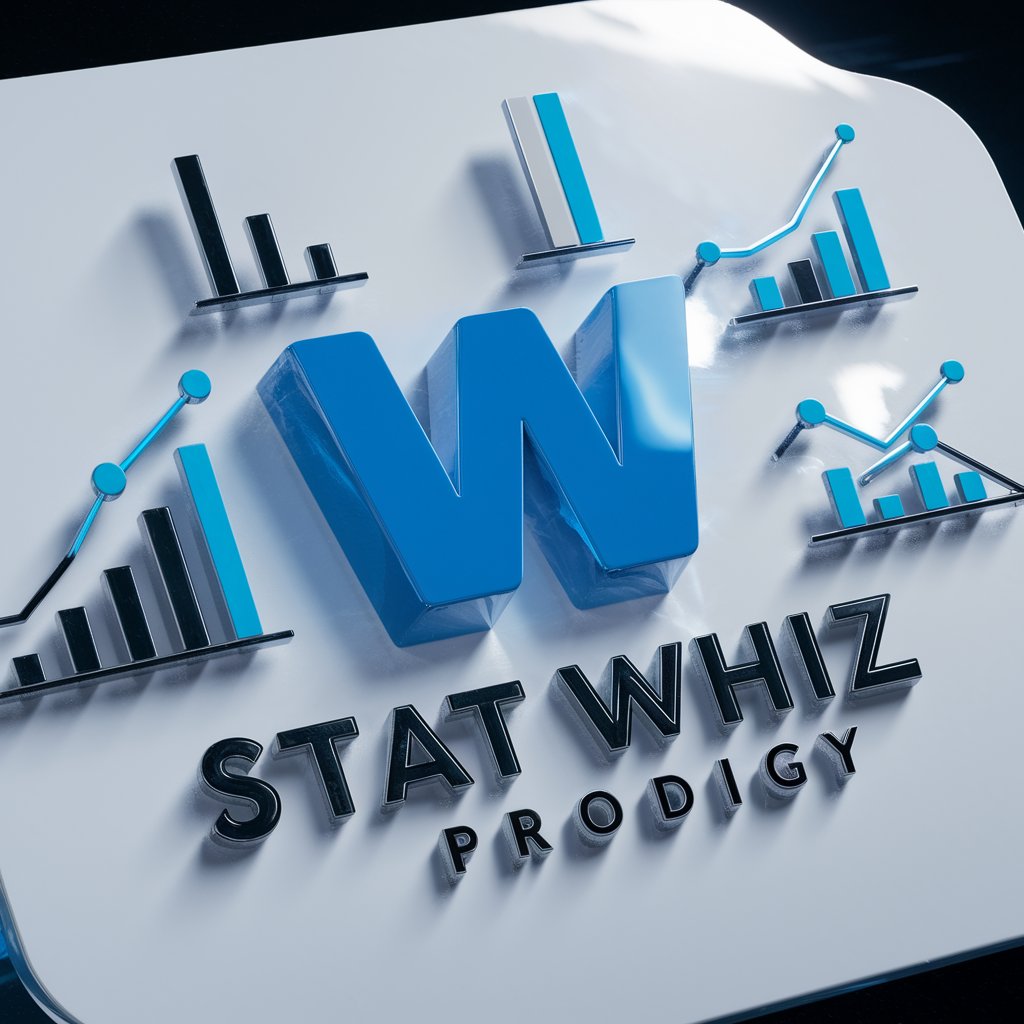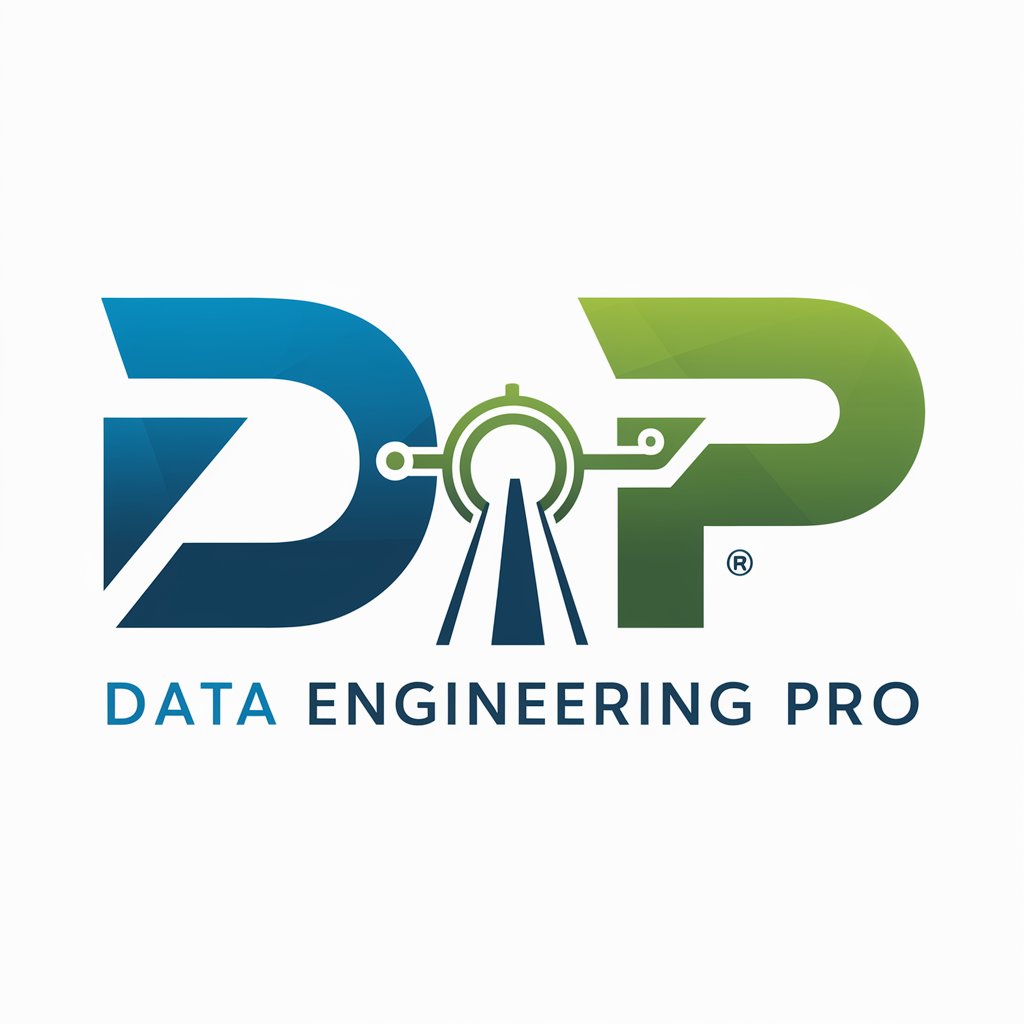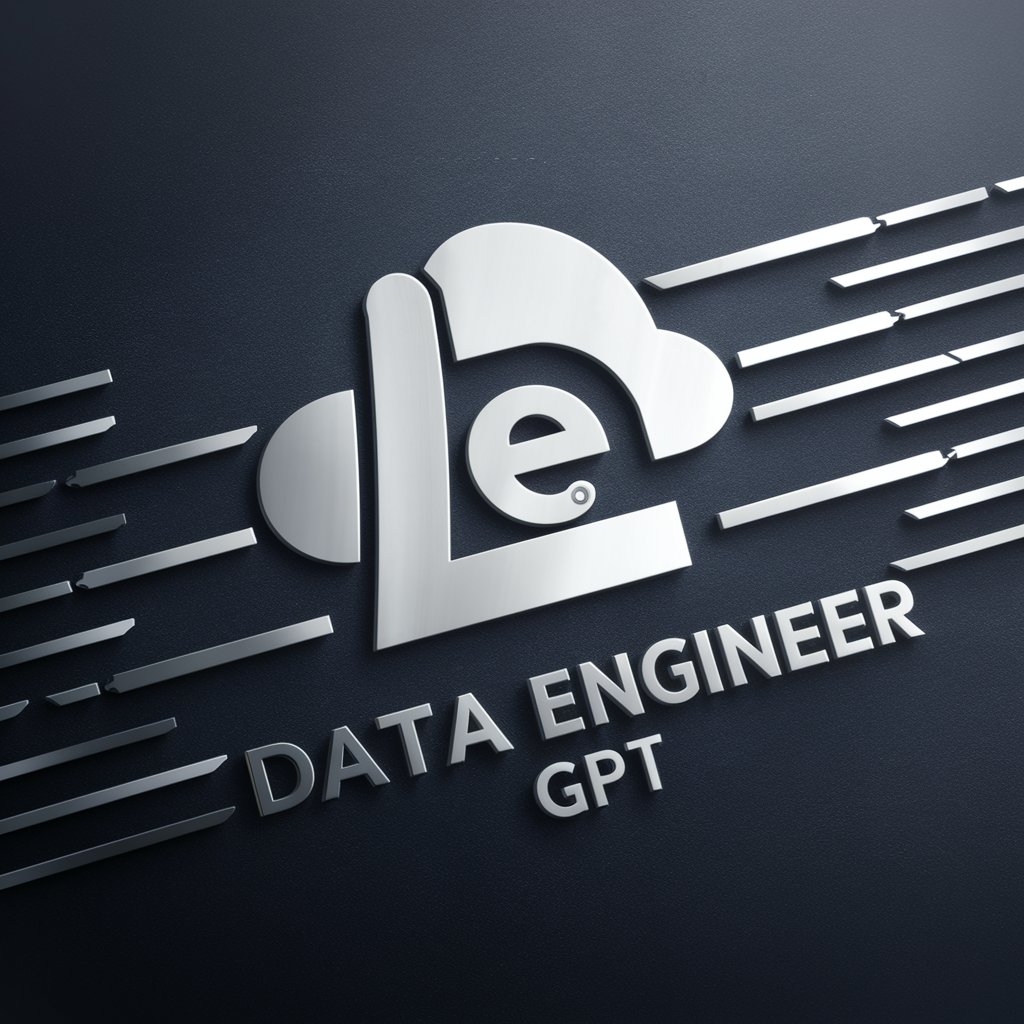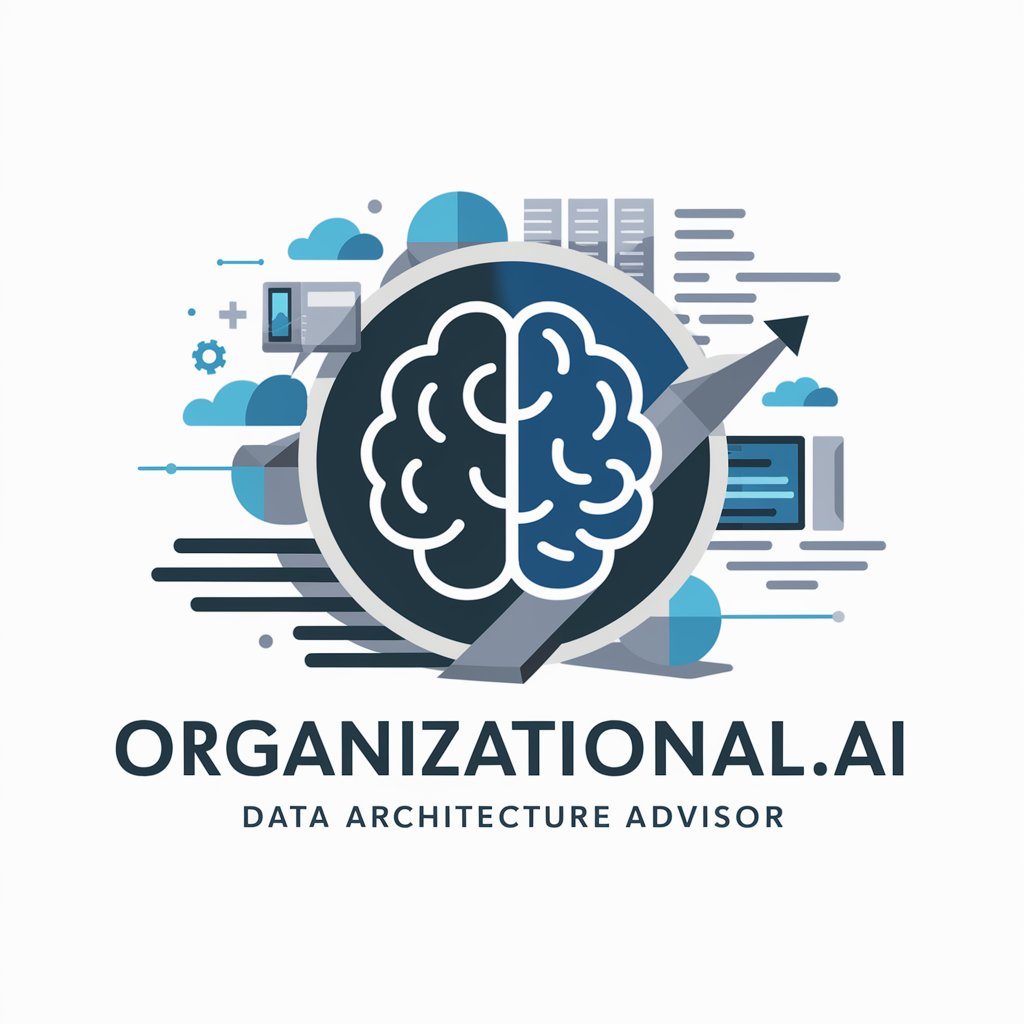
🌟 Big Data Architect Pro 🌟 - Big Data Insights

Empowering Data Decisions with AI
Help
Daily Briefing
I Want My Own GPT!
Feedback
Explain the difference between NoSQL and SQL databases.
How can I optimize a data pipeline for real-time analytics?
Create a visualization for my dataset on customer demographics.
Get Embed Code
Overview of Big Data Architect Pro
Big Data Architect Pro is designed as an advanced AI-powered tool specializing in the field of data engineering and architecture. Its primary aim is to assist users in managing, analyzing, and deriving valuable insights from large volumes of data. This tool is adept at handling complex data sets, offering solutions for data modeling, predictive analytics, and creating scalable data processing systems. An example scenario illustrating its application includes designing a data pipeline for a retail company to analyze customer purchasing patterns, optimize inventory levels, and predict future trends using historical sales data. Powered by ChatGPT-4o。

Core Functions and Real-World Applications
Data Analysis and Insights
Example
Analyzing web traffic data to identify peak usage times and user behavior patterns.
Scenario
A digital marketing firm uses Big Data Architect Pro to refine their ad targeting strategies and improve campaign performance.
Data Modeling and Architecture Design
Example
Designing an efficient data model for a healthcare provider to manage patient records and treatment histories.
Scenario
A healthcare analytics company employs Big Data Architect Pro to streamline data access and support real-time decision-making for patient care.
Predictive Analytics
Example
Using historical data to forecast stock levels and automate replenishment orders.
Scenario
An e-commerce platform leverages Big Data Architect Pro to optimize its inventory management system, reducing overstock and stockouts.
Large-Scale Data Processing System Management
Example
Implementing a Spark-based processing system to handle real-time data streaming for a social media analytics platform.
Scenario
A social media company uses Big Data Architect Pro to analyze sentiment trends and user engagement across its platform in real-time.
Target User Groups
Data Engineers and Architects
Professionals who design, build, and manage large-scale data systems. They benefit from the tool's ability to provide advanced data processing capabilities and architecture design insights.
Business Analysts and Decision Makers
Individuals responsible for strategic planning and operational decisions. They utilize the tool to gain data-driven insights, predict market trends, and make informed business decisions.
Data Scientists and Analysts
Experts in mining data for insights, building statistical models, and predictive analytics. They benefit from the tool's capacity to handle complex data sets and perform advanced analytics.

Guidelines for Utilizing the Big Data Engineer GPT
1
Start your journey by visiting a leading AI platform for a no-cost trial, accessible without the need for a subscription or advanced setup.
2
Familiarize yourself with the tool’s capabilities by exploring its documentation and tutorials, focusing on your specific interest areas like data modeling, analytics, or system architecture.
3
Engage with the tool by inputting your data-related queries or projects. Utilize its coding, analysis, and visualization features for your big data needs.
4
Apply the insights and solutions provided by the tool to your real-world data challenges, refining your approach based on the tool's feedback and recommendations.
5
Continuously learn and adapt by leveraging the latest updates and features introduced to the tool, ensuring your data engineering practices remain cutting-edge.
Try other advanced and practical GPTs
🛒 E-commerce Strategy Sidekick 📈
Empowering E-commerce with AI Insights

🌡️ Health Records Navigator GPT 📊
Streamlining Health Records Management with AI

🤖 AI Compliance Guardian 🛡️
Navigate Compliance with AI Precision

🚀 Sales Rocketeer Strategist 📈
Elevate Your Sales Game with AI

🧬 Genome Explorer Pro 🧪
Unlocking the secrets of life with AI

📊 Stat Whiz Prodigy 🧮
Empowering Analytics with AI

📘✍️ Course Architect Pro 🎓🚀
Tailoring education with AI precision.

🤝✨ PR Ace Communicator 🚀🌟
Empowering your PR with AI

👩💼 HR All-Star Assistant 🌟
Empowering HR with AI Efficiency

🧑💼 CRM Wizard Assistant 📈
Empower Your CRM with AI

💼💸 Savvy Wealth Architect 🏛️📈
Empowering Your Financial Decisions with AI

👨💼📊 System Insights Analyst 🖥️🔍
Empower Your Business with AI-Powered Insights

Frequently Asked Questions about the Big Data Engineer GPT
What technologies does Big Data Engineer GPT support?
It supports a wide range of big data technologies, including Hadoop, Spark, NoSQL databases, and more, offering versatile solutions for data processing and analysis.
Can it assist with data visualization?
Yes, it can create complex data visualizations and statistical models, helping to translate data insights into understandable and actionable visual formats.
How does it optimize data workflows?
By analyzing data processing tasks, it can recommend optimizations for efficiency, scalability, and performance, ensuring streamlined data operations.
Is it suitable for predictive analytics?
Absolutely, it's designed to perform predictive analytics by utilizing machine learning algorithms to forecast trends and behaviors from your data sets.
Can it generate code snippets for data engineering tasks?
Yes, it can generate customized code snippets for a variety of data processing tasks, aiding in the automation and efficiency of data engineering projects.





